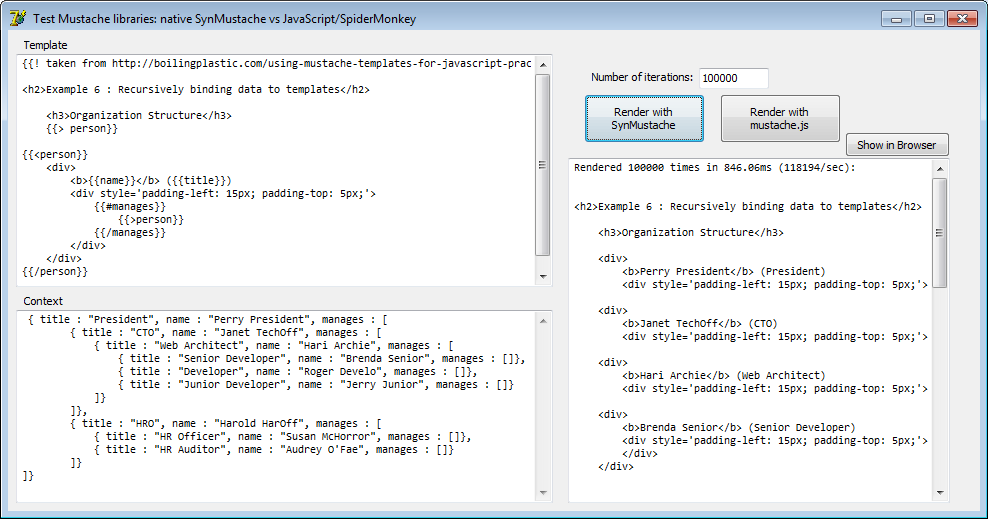
Current version of the main framework units target only Win32 and Win64 systems.
It allows to make easy self-hosting of mORMot servers for local
business applications in any corporation, or pay cheap hosting in the Cloud,
since mORMot CPU and RAM expectations are much lower than a regular
IIS-WCF-MSSQL-.Net stack.
But in a Service-Oriented Architecture (SOA), you would probably need
to create clients for platforms outside the Windows world, especially
mobile devices.

A set of cross-platform client units is therefore available in the
CrossPlatform sub-folder of the source code repository. It allows
writing any client in modern object pascal language, for:
- Any version of Delphi, on any platform (Mac OSX, or any mobile supported devices);
- FreePascal Compiler 2.7.1;
- Smart Mobile Studio 2.1, to create AJAX or mobile applications (via PhoneGap, if needed).
This series of articles will introduce you to mORMot's Cross-Platform abilities:
- Units and platforms;
- Generating the client code wrappers;
- Delphi / FreePascal clients;
- Smart Mobile Studio clients.
Any feedback is welcome in our forum, as usual!

















